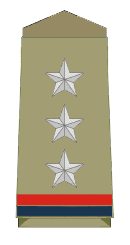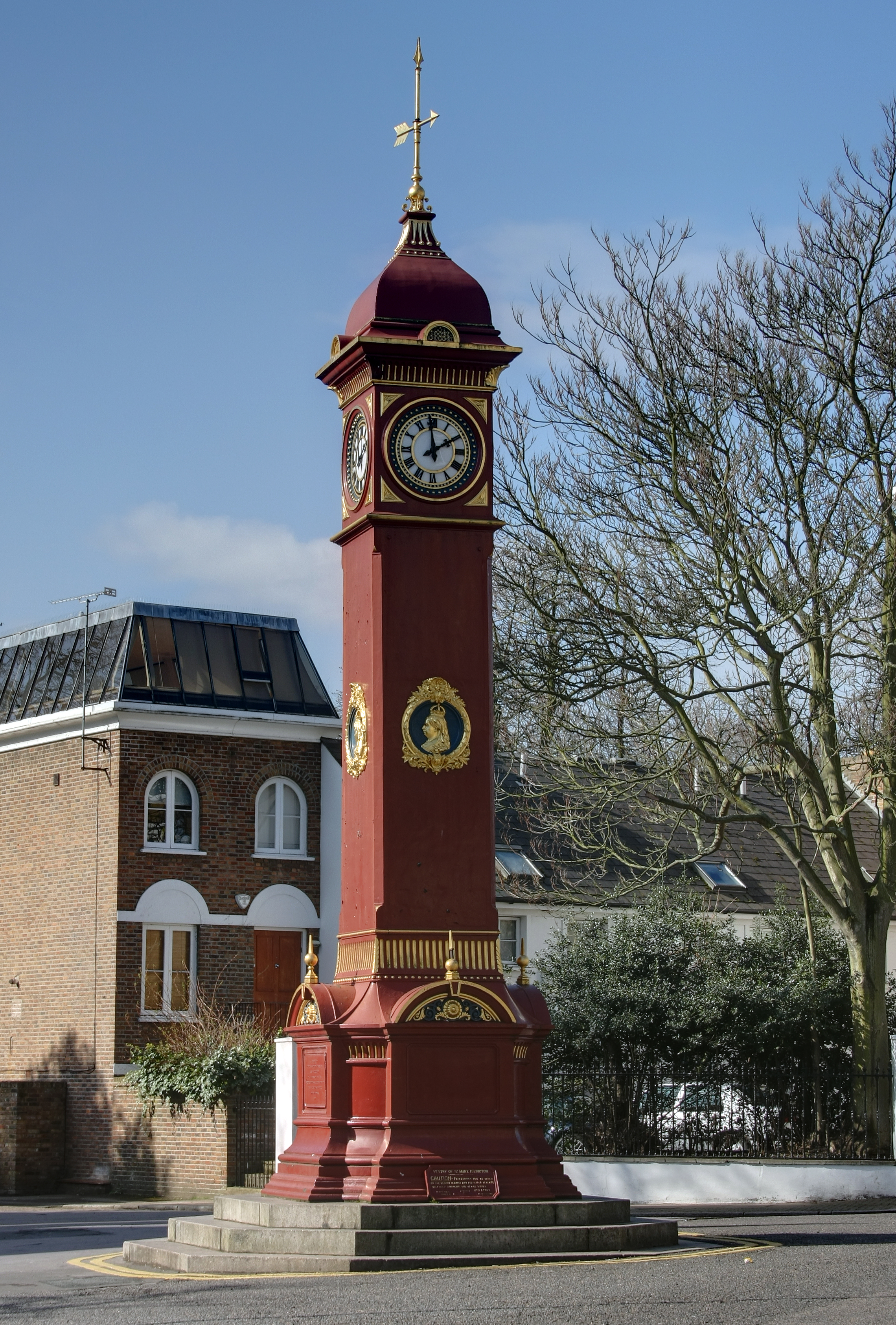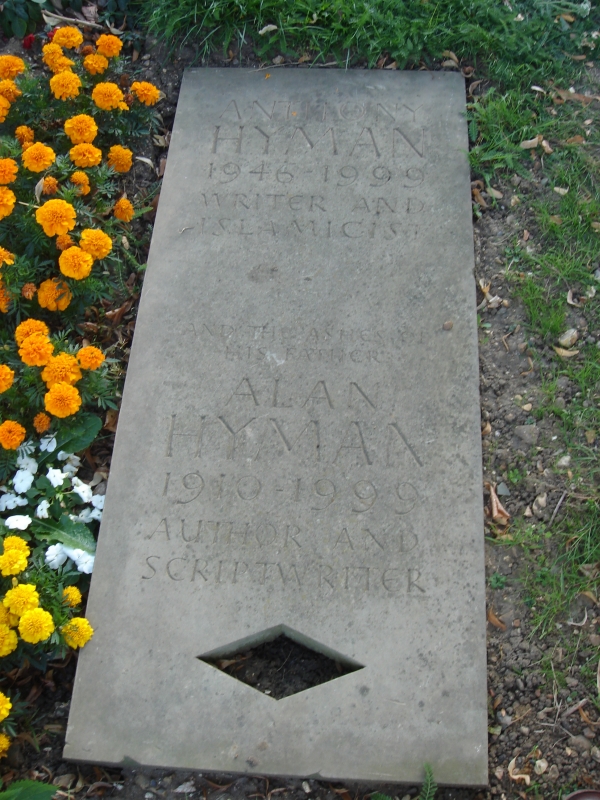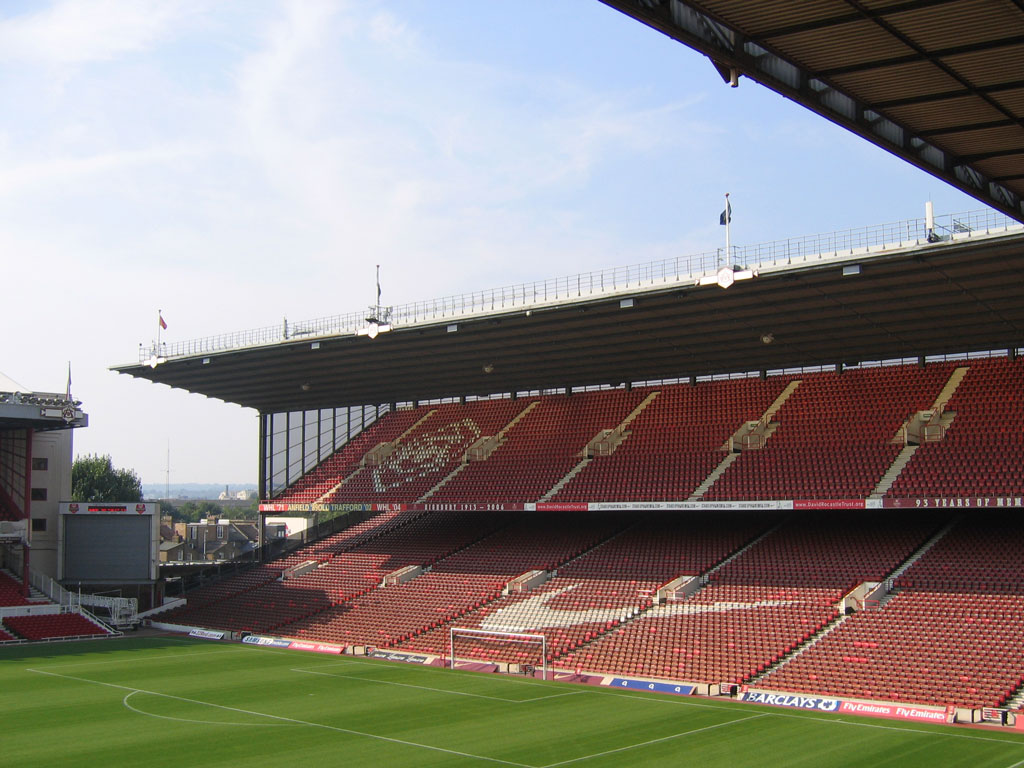|
The Arsenal Stadium Mystery
''The Arsenal Stadium Mystery'' is a 1939 British mystery film and one of the first feature films wherein football is a central element in the plot. The film was directed by Thorold Dickinson, and shot at Denham Film Studios and on location at the original Arsenal Stadium in Highbury. It was written by Dickinson, Donald Bull, and Alan Hyman, adapted from a 1939 novel by Leonard Gribble. Plot The film is a murder mystery set, as the title suggests, at the original Arsenal Stadium, Gillespie Road, Highbury, London, the then home of Arsenal Football Club, who were at the time one of the dominant teams in English football. The backdrop is a friendly match between Arsenal and The Trojans, a fictitious amateur side. One of the Trojans' players drops dead during the match and when it is revealed he has been poisoned, suspicion falls on his teammates as well as his former mistress. Detective Inspector Slade ( Leslie Banks) is called in to solve the crime. The victim has been poi ... [...More Info...] [...Related Items...] OR: [Wikipedia] [Google] [Baidu] |
George Allison
George Frederick Allison (24 October 1883 – 13 March 1957) was an English football journalist, broadcaster and manager. He was the BBC's first sports commentator and Arsenal's second longest serving manager. Journalism career Allison was born in Hurworth-on-Tees, County Durham, and attended Holy Trinity School in Stockton. He started out as a judge's secretary in his native North East, while playing for a local amateur team in Stockton-on-Tees. Allison ran a sideline in writing about his own team's exploits, and he was eventually convinced by his editor to become a full-time journalist. A year in Devonport aside, Allison spent most of his time in the Cleveland and Middlesbrough areas, and was briefly assistant to the secretary-manager of Middlesbrough F.C. Allison moved to London in 1906, as the sports representative of the Hulton group of newspapers. Four years later he became greyhound correspondent for the '' Sporting Life''. After a chance encounter with Lord ... [...More Info...] [...Related Items...] OR: [Wikipedia] [Google] [Baidu] |
General Film Distributors
General Film Distributors (GFD), later known as J. Arthur Rank Film Distributors and Rank Film Distributors Ltd., was a British film distribution company based in London. It was active between 1935 and 1996, and from 1937 it was part of the Rank Organisation. General Film Distributors was created in 1935 by the British film distributor C. M. Woolf (1879–1942) after he had resigned from Gaumont British and closed his distribution company Woolf & Freedman Film Service.The Independent 1 July 1999: Obituary: Sir John Woolf Retrieved 2011-09-02 In 1936, J. Arthur Rank and the paper magnate [...More Info...] [...Related Items...] OR: [Wikipedia] [Google] [Baidu] |
Detective Inspector
Inspector, also police inspector or inspector of police, is a police rank. The rank or position varies in seniority depending on the organization that uses it. Australia In Australian police forces, the rank of inspector is generally the next senior rank from senior sergeant and is less senior than a superintendent (in the cases of the Queensland Police and Western Australia Police) in the other Australian police forces. Members holding the rank usually wear an epaulette featuring three silver pips, the same rank badge as a captain in the army. In addition to the general rank of inspector, some police forces use other ranks such as detective inspector and district inspector. Austria In Austria a similar scheme was used as in Germany. At some point the police inspector was completely removed from the list of service ranks. The current police service has an inspectors service track with ''Inspektor'' being the entry level – it is followed by ''Revierinspektor'' (prec ... [...More Info...] [...Related Items...] OR: [Wikipedia] [Google] [Baidu] |
Poison
Poison is a chemical substance that has a detrimental effect to life. The term is used in a wide range of scientific fields and industries, where it is often specifically defined. It may also be applied colloquially or figuratively, with a broad sense. Whether something is considered a poison may change depending on the amount, the circumstances, and what living things are present. Poisoning could be accidental or deliberate, and if the cause can be identified there may be ways to neutralise the effects or minimise the symptoms. In biology, a poison is a chemical substance causing death, injury or harm to organisms or their parts. In medicine, poisons are a kind of toxin that are delivered passively, not actively. In industry the term may be negative, something to be removed to make a thing safe, or positive, an agent to limit unwanted pests. In ecological terms, poisons introduced into the environment can later cause unwanted effects elsewhere, or in other parts of the food ... [...More Info...] [...Related Items...] OR: [Wikipedia] [Google] [Baidu] |
Amateurism
An amateur () is generally considered a person who pursues an avocation independent from their source of income. Amateurs and their pursuits are also described as popular, informal, self-taught, user-generated, DIY, and hobbyist. History Historically, the amateur was considered to be the ideal balance between pure intent, open mind, and the interest or passion for a subject. That ideology spanned many different fields of interest. It may have its roots in the ancient Greek philosophy of amateur athletes competing in the Olympics. The ancient Greek citizens spent most of their time in other pursuits, but competed according to their natural talents and abilities. The "gentleman amateur" was a phenomenon among the gentry of Great Britain from the 17th century until the 20th century. With the start of the Age of Reason, with people thinking more about how the world works around them, (see science in the Age of Enlightenment), things like the cabinets of curiosities, and ... [...More Info...] [...Related Items...] OR: [Wikipedia] [Google] [Baidu] |
Football In England
Association football is the most popular sport in England, where the first modern set of rules for the code were established in 1863, which were a major influence on the development of the modern Laws of the Game. With over 40,000 association football clubs, England has more clubs involved in the code than any other country. England hosts the world's first club, Sheffield F.C.; the world's oldest professional association football club, Notts County; the oldest national governing body, the Football Association; the joint-oldest national team; the oldest national knockout competition, the FA Cup; and the oldest national league, the English Football League. Today England's top domestic league, the Premier League, is one of the most popular and richest sports leagues in the world, with five of the ten richest football clubs in the world as of 2022. The England national football team is one of only eight teams to win the FIFA World Cup, having done so once, in 1966. A total of fiv ... [...More Info...] [...Related Items...] OR: [Wikipedia] [Google] [Baidu] |
Arsenal F
An arsenal is a place where arms and ammunition are made, maintained and repaired, stored, or issued, in any combination, whether privately or publicly owned. Arsenal and armoury (British English) or armory (American English) are mostly regarded as synonyms, although subtle differences in usage exist. A sub-armory is a place of temporary storage or carrying of weapons and ammunition, such as any temporary post or patrol vehicle that is only operational in certain times of the day. Etymology The term in English entered the language in the 16th century as a loanword from french: arsenal, itself deriving from the it, arsenale, which in turn is thought to be a corruption of ar, دار الصناعة, , meaning "manufacturing shop". Types A lower-class arsenal, which can furnish the materiel and equipment of a small army, may contain a laboratory, gun and carriage factories, small-arms ammunition, small-arms, harness, saddlery tent and powder factories; in addition, it ... [...More Info...] [...Related Items...] OR: [Wikipedia] [Google] [Baidu] |
London
London is the capital and List of urban areas in the United Kingdom, largest city of England and the United Kingdom, with a population of just under 9 million. It stands on the River Thames in south-east England at the head of a estuary down to the North Sea, and has been a major settlement for two millennia. The City of London, its ancient core and financial centre, was founded by the Roman Empire, Romans as ''Londinium'' and retains its medieval boundaries.See also: Independent city#National capitals, Independent city § National capitals The City of Westminster, to the west of the City of London, has for centuries hosted the national Government of the United Kingdom, government and Parliament of the United Kingdom, parliament. Since the 19th century, the name "London" has also referred to the metropolis around this core, historically split between the Counties of England, counties of Middlesex, Essex, Surrey, Kent, and Hertfordshire, which largely comprises Greater London ... [...More Info...] [...Related Items...] OR: [Wikipedia] [Google] [Baidu] |
Highbury
Highbury is a district in North London and part of the London Borough of Islington in Greater London that was owned by Ranulf brother of Ilger and included all the areas north and east of Canonbury and Holloway Roads. The manor house was situated by what is now the east side of Hornsey Road near the junction with Seven Sisters Road. After the manor decayed, a new manor house was built in 1271 (see below) to the south-east; to differentiate it from the original manor and because it was on a hill, it was called Highbury, from which the area takes its name. The site for Highbury Manor was possibly used by a Roman garrison as a summer camp. During the construction of a new Highbury House in 1781, tiles were found that could have been Roman or Norman; however, these have been lost. Highbury Manor Ownership of Highbury eventually passed to Alicia de Barrow, who in 1271 gave it to the Priory of St John of Jerusalem, also known as the Knights Hospitallers in England. The wealt ... [...More Info...] [...Related Items...] OR: [Wikipedia] [Google] [Baidu] |
Murder Mystery
Crime fiction, detective story, murder mystery, mystery novel, and police novel are terms used to describe narratives that centre on criminal acts and especially on the investigation, either by an amateur or a professional detective, of a crime, often a murder. It is usually distinguished from mainstream fiction and other genres such as historical fiction or science fiction, but the boundaries are indistinct. Crime fiction has multiple subgenres, including detective fiction (such as the whodunit), courtroom drama, hard-boiled fiction, and legal thrillers. Most crime drama focuses on crime investigation and does not feature the courtroom. Suspense and mystery are key elements that are nearly ubiquitous to the genre. History The ''One Thousand and One Nights'' (''Arabian Nights'') contains the earliest known examples of crime fiction. One example of a story of this genre is the medieval Arabic tale of " The Three Apples", one of the tales narrated by Scheherazade in the ''Ar ... [...More Info...] [...Related Items...] OR: [Wikipedia] [Google] [Baidu] |
Alan Hyman (writer)
Alan Maurice Hyman (10 January 1910 – 23 February 1999) was an English writer, journalist, and film writer. Life and work Alan Hyman was the son of A. Hyman. He was educated at St Cyprian's School, Repton School, and Magdalene College, Cambridge. He became a journalist and worked on the staff of the '' Daily Sketch'' and '' Sunday Graphic'' from 1929 to 1932. Then he became a screenwriter and spent much of his life in the film industry. At Gaumont, he worked for Michael Balcon and collaborated on the scripts of ''Sunshine Suzie'' and ''Falling in Love''. Subsequently, he worked with Herbert Wilcox on ''Three Maxims'' and ''Victoria the Great'' and then with Thorold Dickinson as co-author of the script for the film ''The Arsenal Stadium Mystery'' in 1939. Later, he collaborated with Sydney Box on '' I Met a Murderer''. During the Second World War, he was commissioned into the Royal Naval Volunteer Reserve and worked as a screenwriter. Hyman wrote scripts for BBC radio in ... [...More Info...] [...Related Items...] OR: [Wikipedia] [Google] [Baidu] |
Arsenal Stadium
Arsenal Stadium was a football stadium in Highbury, London, which was the home of Arsenal Football Club between 6 September 1913 and 7 May 2006. It was popularly known as "Highbury" due to its location and was given the affectionate nickname of the "Home of Football" by the club. It was originally built in 1913 on the site of a local college's recreation ground and was significantly redeveloped twice. The first reconstruction came in the 1930s from which the Art Deco East and West Stands date. There was a second development; the first phase was completed in 1989 which added executive boxes to the Clock End, and afterwards in 1993 a new North Bank Stand was constructed, both following the recommendations of the Taylor Report which replaced the terraces to make the stadium an all-seater with four stands. However, further attempts to expand the stadium were blocked by the community, and the resulting reduction in capacity and matchday revenue eventually led to Arsenal opting ... [...More Info...] [...Related Items...] OR: [Wikipedia] [Google] [Baidu] |







